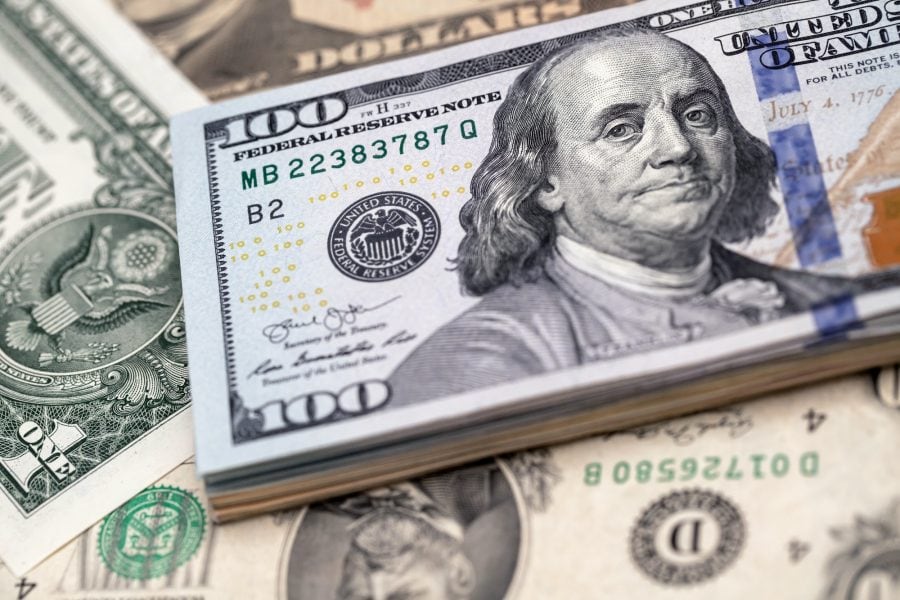On Thursday, the US dollar surpassed the 164 rupee mark for the first time in ten months.
Because of a variety of factors, including the increased current account deficit and import costs, the dollar has been strengthening against the rupee since May.
Only the June deficit drove the whole year’s (FY21) surplus into a deficit of 0.6 percent of GDP owing to the accomplishments of the first half to the conclusion of 11 months of the same year — only the June deficit turned the entire year’s (FY21) surplus into a deficit of 0.6 percent of GDP.
On October 6 of last year, the dollar was trading at Rs164.1. It then began to depreciate after reaching a high of Rs168 in August of last year. The dollar ended at Rs164.1 on Thursday.
The dollar has gained by 7.15 percent versus the local currency since mid-May 2021, raising the cost of imported goods and raising concerns about exchange rate stability.
Dr. Reza Baqir, Governor of the State Bank of Pakistan (SBP), stated on Wednesday that the US dollar’s gain is normal since the current account deficit is projected to rise to 2 to 3 percent of GDP in FY22. He said that if the exchange rate did not move despite the current account deficit growing, it indicated the exchange rate was being artificial which was dangerous for the economy.
The exchange rate has been unstable since the start of the new fiscal year, with the local currency losing 3.94 percent versus the US dollar. The market responded to policymakers’ announcement of a 2-3 percent current account deficit, while importers raced for more.
The SBP, on the other hand, said that increased economic growth necessitated more imports.
Currency specialists in the banking industry have no clue what the actual exchange rate needed by the government or central bank is, or where the local currency’s depreciation will finish. Exporters would profit from the earnings of their exports, but importers would struggle since costs have been rising, and this would eventually affect consumption, which is the engine that drives the economy.
The government was fortunate to receive a record $29.4 billion in remittances in FY21, and it got $2.7 billion in July FY22, suggesting that the next financial year would likewise receive assistance greater than the country’s total exports.
Despite the fact that the SBP’s foreign currency reserves are in better condition, it still has to borrow significantly to maintain them at about $18 billion.










